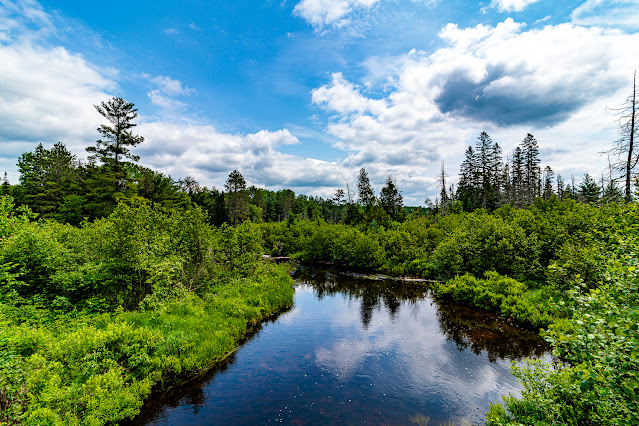Thom Hogan recently wrote an article called Be Careful of Cheaping Out
I read it, and think it's a pretty problematic take on things. He has some valid points, but is starting from some really bad assumptions about both user intent and budget.
He starts off addressing 3rd party batteries. Yes, most of them are trash, but that doesn't invalidate the claim that 1st party batteries are wildly overpriced. Thom is overly accepting of claims that the price of them is driven by testing and design work. To be blunt, that argument holds no water based on my experience with Electric-powered RC aircraft. RC batteries are pushed much harder than camera batteries, tested far more and cost a small fraction of what camera batteries do. The big brands are not testing more, they're milking for profit.
The flip side is that he's not wrong in claiming the 3rd party options are mostly cheap trash sold for too much money as well. So it makes sense to buy 1st party even if you are getting ripped off. There's a small number of quality 3rd party options finally starting to show up and I suspect that once a brand or two establishes themselves with a reputation for quality, the camera brands are going to be very unhappy with battery sales.
He gets into cards next, where he seems that users are buying or keeping more reasonably priced cards instead of buying the fastest cards which maximize the performance of the body. And he's not wrong in why you should buy fast cards, if you want the body to perform at its max ability, you need to buy the expensive fast cards. However many people simply don't push their cameras hard enough for this to matter. I personally still use top-end UHS-1 cards as I simply don't run into speed issues with them. I'll upgrade when card performance becomes a limiter for my work or I need new cards for some other reason. Why am I going to buy $200+ cards when I get the performance I need from $25 cards?
The same goes for lenses. Who cares that I'm using a 70 year old lens that wasn't a top performer back then. The real question is 'does the lens deliver the results I am looking for?' not 'am I using the best possible lens?'. Yeah, the Nikkor 24-70/4 S does technically beat the pants off most of the older options in that range, prime or zoom, but it's also boring. The rendering of many of the older/cheaper options can be more interesting, plus they are cheaper and thus more friendly to occasional use. That lets users buy lenses they may only use occasionally and don't want to invest big bucks in (like my recent 70-200L acquisition).
The one spot that Thom was dead on about was the one he only mentioned in passing. That's the tendency for newer photographers to buy cheap crappy tripods, then upgrade in single steps as they discover how bad the unit they bought is. Today, with plenty of relatively inexpensive decent tripods, there's no reason not to go all the way to a good Sirui or similar unit rather than buying cheap junk. This is the one case where penny wise is often pound foolish. The other aspect here is that tripods are not one size fits all. I own 3 currently and use them based on application. My Manfrotto 055XPROB's are for heavy lenses and when I need the steadiest option, my 290's are for when I need light weight and mobility and my Platypod for odd locations and when I want to strap things together or hard mount to a surface.
At the end of the day, most users buying a $4000USD body are not using the body to its full capacity. They buy it because they want it or it has some feature they need. But they also get to use it with the lenses, cards and batteries that they choose and the only time there are wrong answers are when they are complaining about performance AND that the performance in question is being limited by their equipment choices.
















